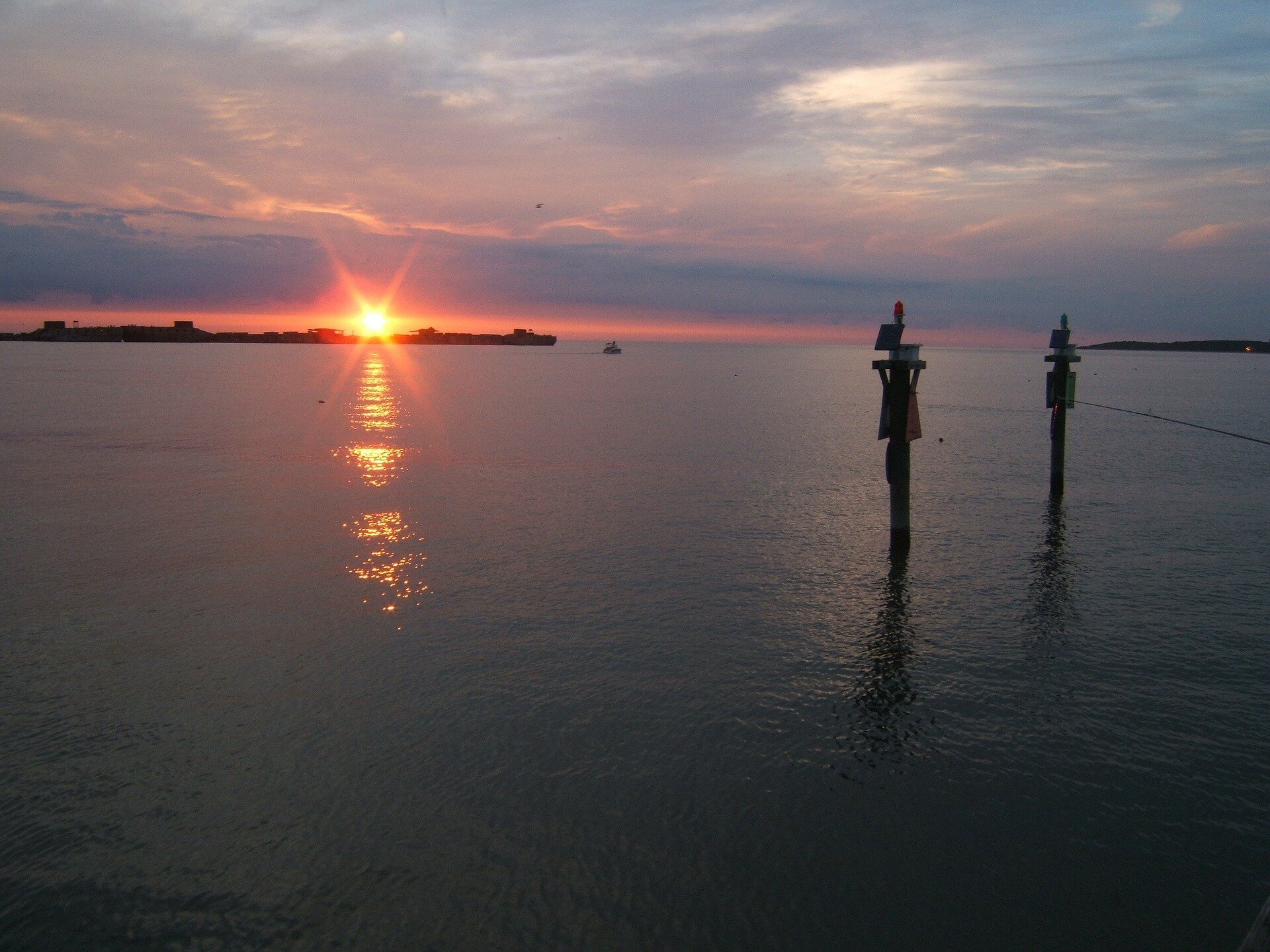Underwater grasses in the Chesapeake Bay are on the rebound, but environmentalists say more needs to be done to improve the health of the bay and meet upcoming goals.
The Chesapeake Bay Program announced recently that the bay’s grasses increased by 7% over the last year. These grasses are used as a key measure of the health of the bay. Grasses work in the bay similarly to an antacid in the human body—they reduce acidification in the water caused, in part, by greenhouse gas emissions.
They also provide important habitat and food for creatures in the bay, such as blue crabs, birds and fish.
The grasses in the bay are still recovering after heavy rains destroyed almost half their volume in 2018 and ’19. The bay lost more than 100,000 acres of recorded grasses in 2018. Alison Prost, vice president for environmental protection and restoration for the Chesapeake Bay Foundation, said long-term reductions in pollution are needed to fully restore grasses.
“There’s still a long way to go,” she said. “This increase doesn’t offset major declines in underwater grasses from five years ago, and we aren’t even at the halfway point of the 185,000-acre underwater grasses goal that states committed to in the Chesapeake Bay Agreement.
“For a healthier future Chesapeake Bay, Bay watershed leaders must recommit to the Bay partnership this December and chart a future course for Bay restoration that addresses new challenges like climate change and reflects scientific updates.”
This year’s report from the Virginia Institute of Marine Science marks the bay at 45% of the goal of achieving and sustaining 185,000 acres of underwater grasses needed for a “restored” Chesapeake Bay. It is also 61% of the target to restore 130,000 acres by 2025.
The overall increase wasn’t experienced evenly. In the polyhaline zone (parts of the bay bordering Norfolk, Virginia Beach and Hampton), the water is considered “very salty,” and underwater grass beds increased 12% from 19,200 acres in 2022 to 21,743 acres in 2023. This means the region is about two-thirds to its goal of restoration.
According to the Chesapeake Bay Program, this is likely because of the La Niña weather pattern, which typically cools sea-surface temperatures and brings below-average rainfall.
Coasts of Portsmouth, Suffolk and Newport News are in the “mesohaline,” or moderately salty, region. Grass beds increased 21% over the past year.
“It’s been exciting to observe some tremendous expansion in some areas of the polyhaline, with eelgrass growing at depths we haven’t seen in decades,” Christopher Patrick, director of the monitoring and restoration program at VIMS, said. “We often call these plants the canary in the coal mine for the Chesapeake, as they tell us a lot about how the bay is doing.”
2024 The Virginian-Pilot. Distributed by Tribune Content Agency, LLC.
Citation:
Chesapeake Bay grass is rebounding, but not likely to meet 2025 goals (2024, August 5)
retrieved 5 August 2024
from https://phys.org/news/2024-08-chesapeake-bay-grass-rebounding-goals.html
This document is subject to copyright. Apart from any fair dealing for the purpose of private study or research, no
part may be reproduced without the written permission. The content is provided for information purposes only.

